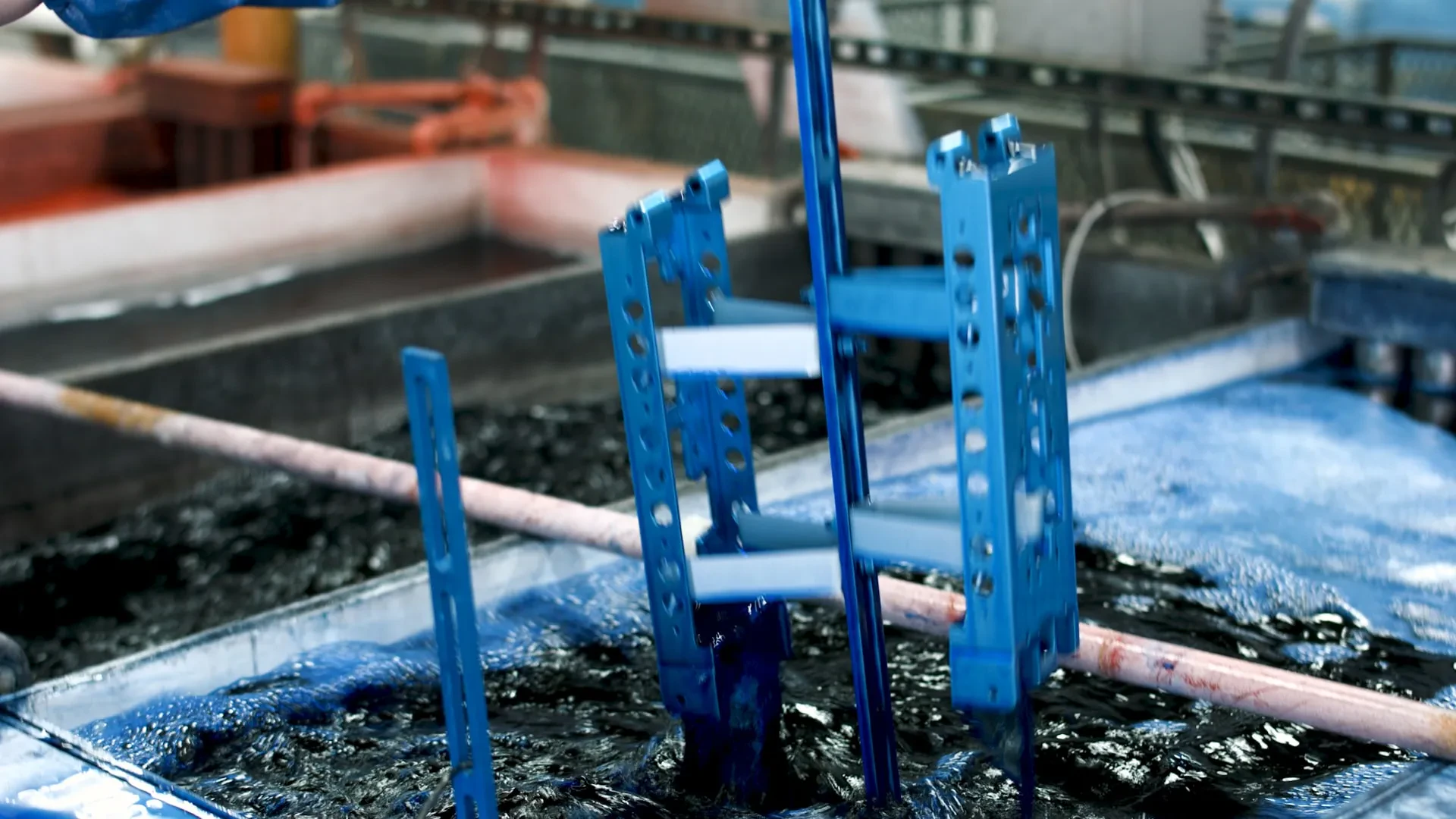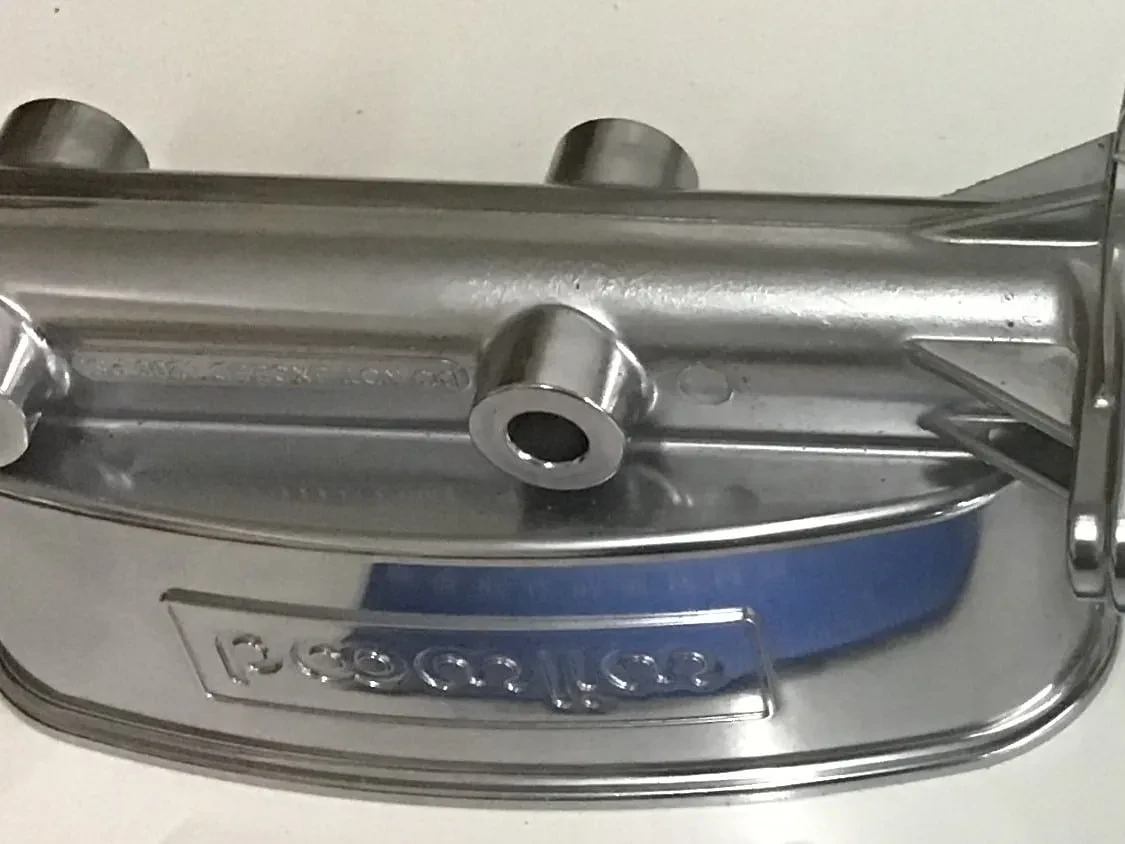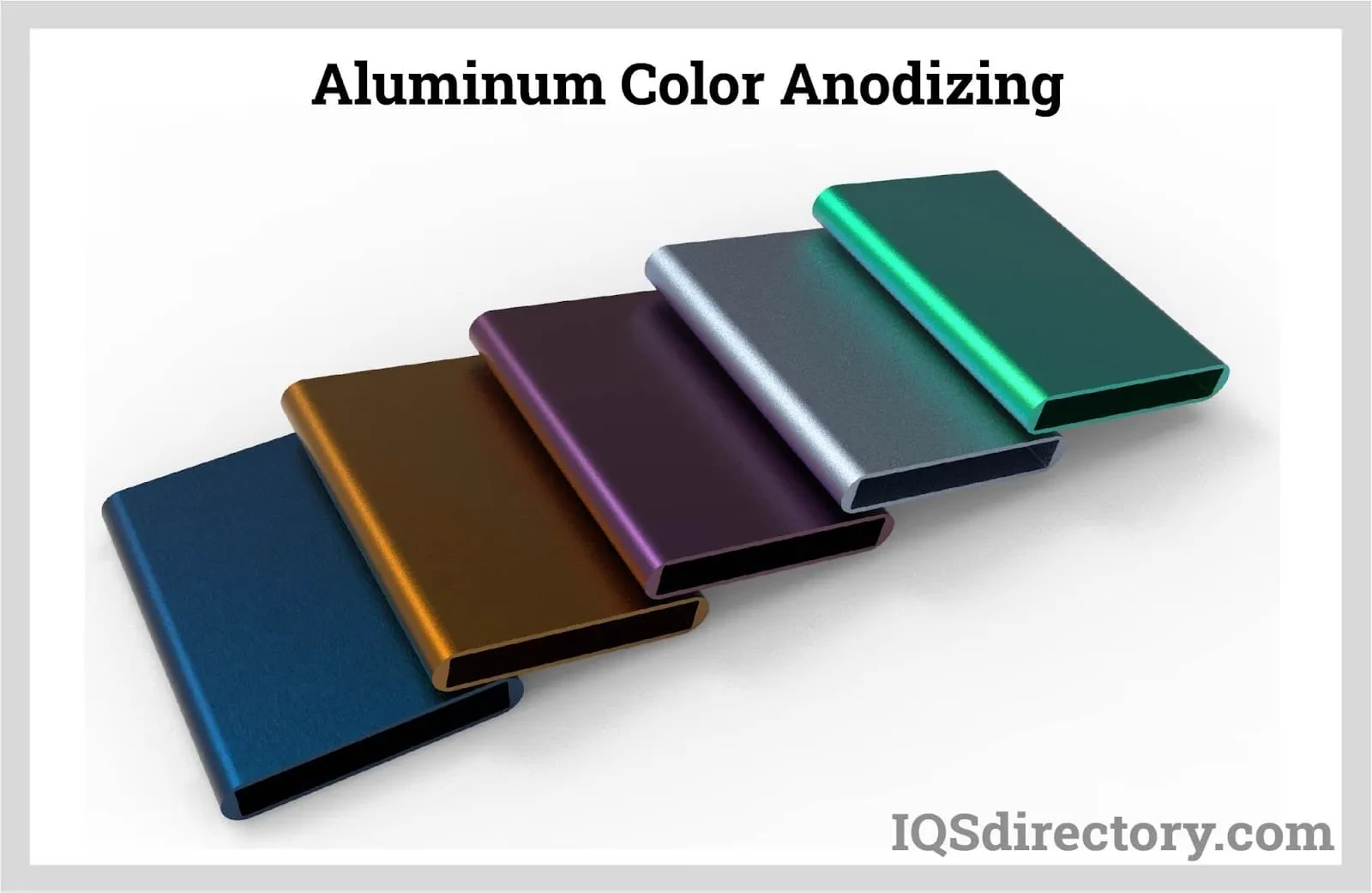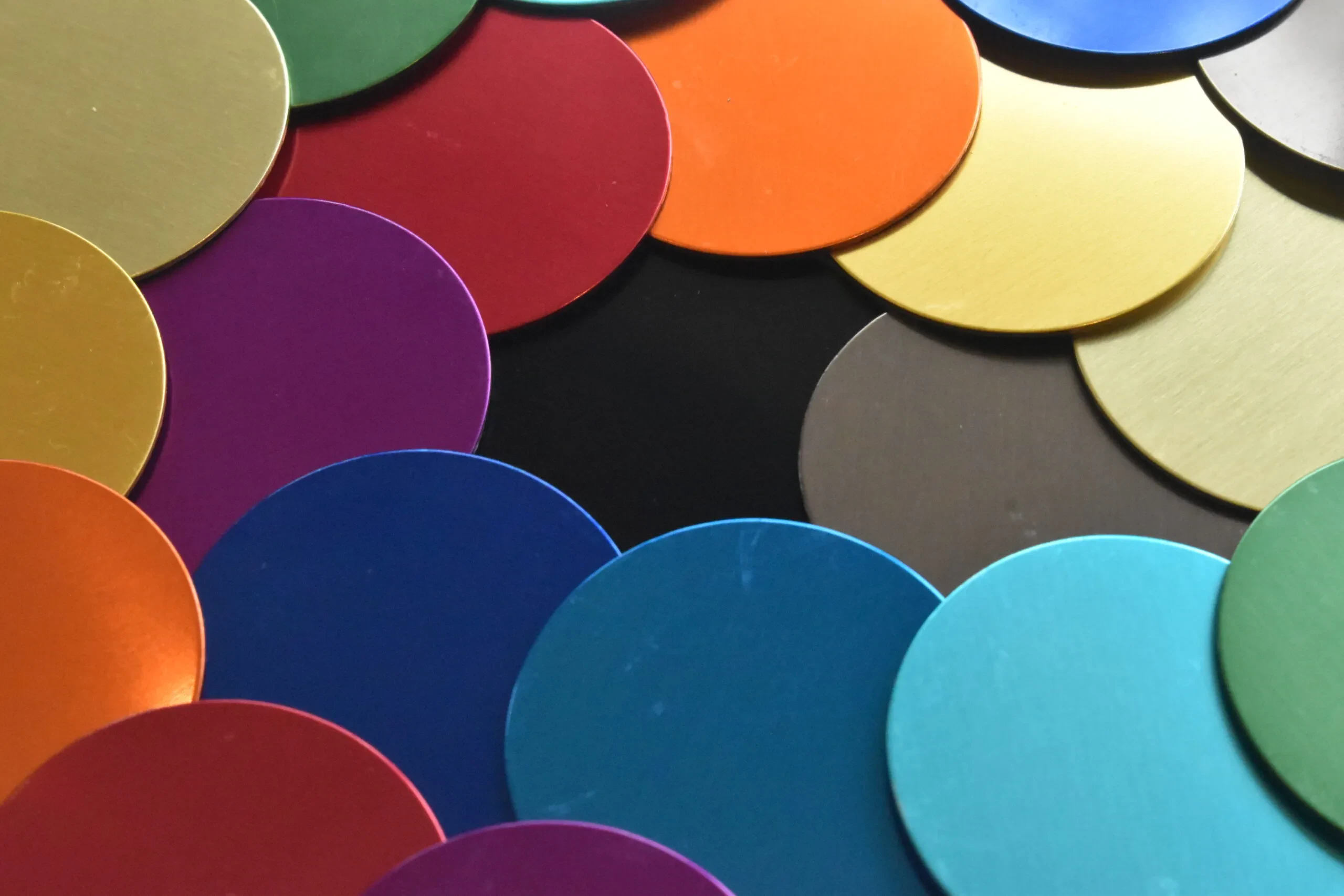So, you’re curious about anodizing diecast aluminum? Awesome! It’s a pretty neat process that can drastically improve the look and durability of your aluminum parts. But there are a few things to keep in mind since diecast aluminum isn’t quite the same as regular aluminum.

What Exactly IS Anodizing?
Think of anodizing as a way to give aluminum a super-tough, protective skin. It’s an electrochemical process that converts the aluminum surface into a durable, corrosion-resistant aluminum oxide finish. This isn’t just a coating that sits on top; it’s actually part of the aluminum itself, which makes it incredibly strong and resistant to chipping or peeling.
Basically, you dunk the aluminum part in an electrolytic bath (usually an acid solution) and run an electric current through it. This causes the surface of the aluminum to oxidize, creating a layer of aluminum oxide. The thickness and properties of this layer can be controlled by adjusting the current, time, and electrolyte used.
Why Anodize?
- Enhanced Corrosion Resistance: Aluminum is already pretty good at resisting corrosion, but anodizing takes it to the next level.
- Increased Wear Resistance: The hard anodized layer makes the surface much more resistant to scratches and abrasion.
- Improved Aesthetics: Anodizing can create a variety of finishes, from matte to glossy, and it can also be dyed in a wide range of colors.
- Electrical Insulation: The aluminum oxide layer is a good electrical insulator.
- Better Adhesion for Paint or Glue: The porous surface of the anodized layer provides a good base for paints and adhesives.
Diecast Aluminum: A Different Beast
Now, here’s where things get a little tricky. Diecast aluminum isn’t pure aluminum. It’s an alloy, which means it’s a mixture of aluminum and other metals, like silicon, copper, and zinc. These alloying elements are added to improve the casting properties, such as fluidity and strength.
However, these same alloying elements can cause problems during anodizing. They can affect the uniformity and quality of the anodized layer, leading to issues like:
- Spotting or streaking
- Uneven coating thickness
- Color variations
- Poor corrosion resistance in certain areas

The silicon content is a common culprit. High silicon levels can lead to a dark, smutty appearance after anodizing. Copper can also cause problems with color uniformity and corrosion resistance.
Can You Actually Anodize Diecast Aluminum? The Answer is YES… But…
Yes, you absolutely can anodize diecast aluminum! However, it’s not as straightforward as anodizing wrought aluminum alloys. You need to be aware of the challenges and take steps to mitigate them.
Key Considerations for Anodizing Diecast
- Alloy Selection: Some diecast alloys are more suitable for anodizing than others. Alloys with lower silicon content (typically less than 7%) tend to anodize better. Look for alloys like A380, but keep in mind even those can present challenges.
- Surface Preparation: Proper surface preparation is crucial. This includes degreasing, cleaning, and sometimes etching to remove any surface contaminants and oxides. This ensures a uniform surface for the anodizing process.
- Electrolyte Selection: The type of electrolyte used in the anodizing bath can also make a difference. Sulfuric acid is the most common electrolyte, but other electrolytes, like chromic acid, may be more suitable for certain diecast alloys.
- Process Control: Precise control of the anodizing parameters, such as current density, voltage, temperature, and time, is essential for achieving a high-quality anodized finish.
- Sealing: After anodizing, the aluminum oxide layer is porous. Sealing is the process of closing these pores to improve corrosion resistance. This is typically done by immersing the part in hot water or a sealing solution.
- Experience Matters: Working with a reputable anodizing shop that has experience with diecast aluminum is highly recommended. They will be familiar with the specific challenges and know how to optimize the process.
Specific Techniques to Tackle Diecast Challenges
Okay, let’s dive a little deeper into some techniques that anodizers use to combat the challenges of diecast aluminum.
Desmutting: As mentioned earlier, high silicon content can lead to a dark smut on the surface. A desmutting process is used to remove this smut after anodizing. This often involves a chemical treatment that dissolves the silicon-rich layer.
Double Anodizing: In some cases, a double anodizing process can be used to improve the corrosion resistance and uniformity of the coating. This involves anodizing the part twice, with a cleaning or etching step in between.
Pre-Treatments: Certain pre-treatments, such as chemical conversion coatings, can be applied to the diecast aluminum surface before anodizing to improve adhesion and corrosion resistance.
The Dyeing Game
One of the great things about anodizing is the ability to dye the finish. The porous nature of the anodized layer allows it to absorb dyes, creating a wide range of colors. However, with diecast aluminum, color consistency can be a challenge.
The varying composition of the diecast alloy can affect how the dye is absorbed, leading to color variations. To minimize these variations, it’s important to use high-quality dyes and carefully control the dyeing process.

Cost Considerations
Anodizing diecast aluminum is generally more expensive than anodizing wrought aluminum due to the extra steps and process control required. Be sure to get quotes from multiple anodizing shops and compare their prices and experience.
Also, factor in the cost of any necessary surface preparation or pre-treatments. Remember that the cheapest option isn’t always the best, especially when it comes to the quality of the anodized finish.
So, is Anodizing Diecast Aluminum Worth It in 2024?
That depends on your specific application and requirements. If you need a durable, corrosion-resistant finish on your diecast aluminum parts, and you’re willing to pay a bit more and work with an experienced anodizer, then it can be a great option. But if you’re looking for the cheapest possible finish, or if color consistency is critical, you might want to consider other options.
Alternatives to Anodizing for Diecast Aluminum
- Powder Coating: Powder coating provides a durable, corrosion-resistant finish that can be applied to diecast aluminum. It’s available in a wide range of colors and textures.
- Painting: Painting is another option for finishing diecast aluminum. It’s generally less expensive than anodizing or powder coating, but it’s also less durable.
- Chemical Conversion Coatings: These coatings, such as chromate conversion coatings, can provide some corrosion resistance and improve adhesion for paint.
- Electroless Nickel Plating: Electroless nickel plating provides a hard, wear-resistant finish that can be applied to diecast aluminum.
Ultimately, the best finish for your diecast aluminum parts will depend on your specific needs and budget. Do your research, get quotes from multiple vendors, and make an informed decision.
Hopefully, this gives you a good understanding of the ins and outs of anodizing diecast aluminum! Good luck with your project.
